數字貨幣 CFDs 零隔夜倉息
所有數字貨幣 CFD 交易均享 $0 隔夜倉息。
24/7 全天候交易, 涵蓋 39 種熱門數字貨幣。
僅限時提供。


獲全球交易者信賴
自2006年以來,GO Markets 憑藉嚴格監管、以客為先的服務及屢獲殊榮的教育中心,協助數以十萬計的交易者自信而精準地達成交易目標。
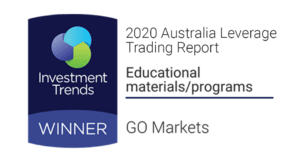
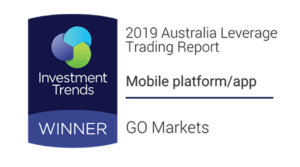
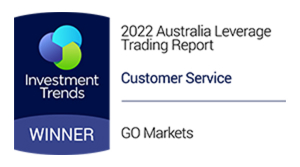
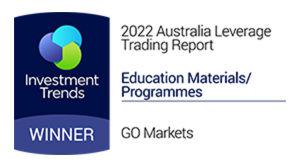

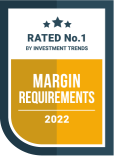















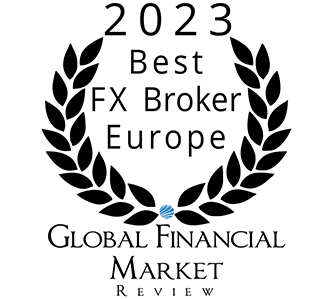


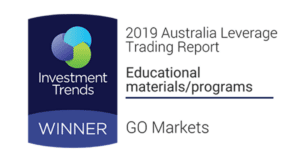
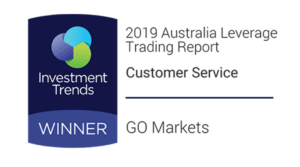
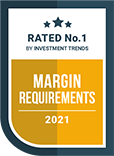
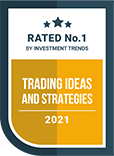
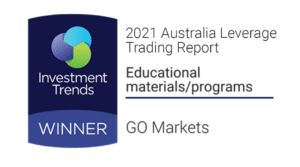
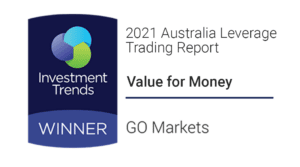



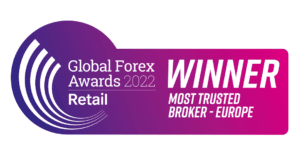

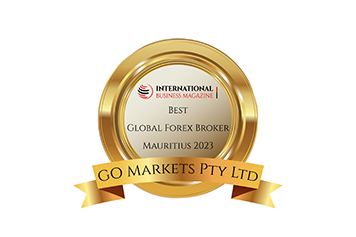
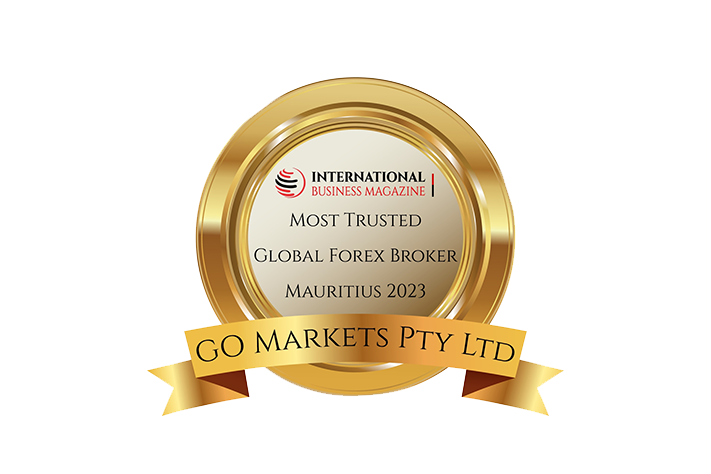






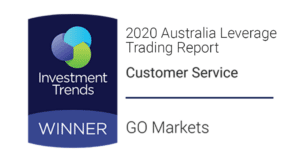
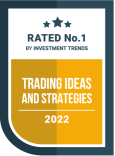

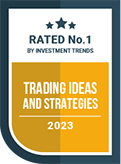



與 GO Markets 一起更進一步
透過機構級工具、無縫執行及屢獲殊榮的客戶服務,探索數以千計的交易機會。開戶快捷簡單。

Donald Trump has officially declared the Maduro regime in Venezuela a foreign terrorist organisation and ordered a "total and complete blockade" of the country's sanctioned oil tankers.
The U.S. has positioned 11 warships in the Caribbean to enforce the blockade, which could remove 400,000 to 500,000 barrels daily from global supply.
The move sent crude prices jumping over 2% and sparked renewed concerns about supply stability heading into 2026.
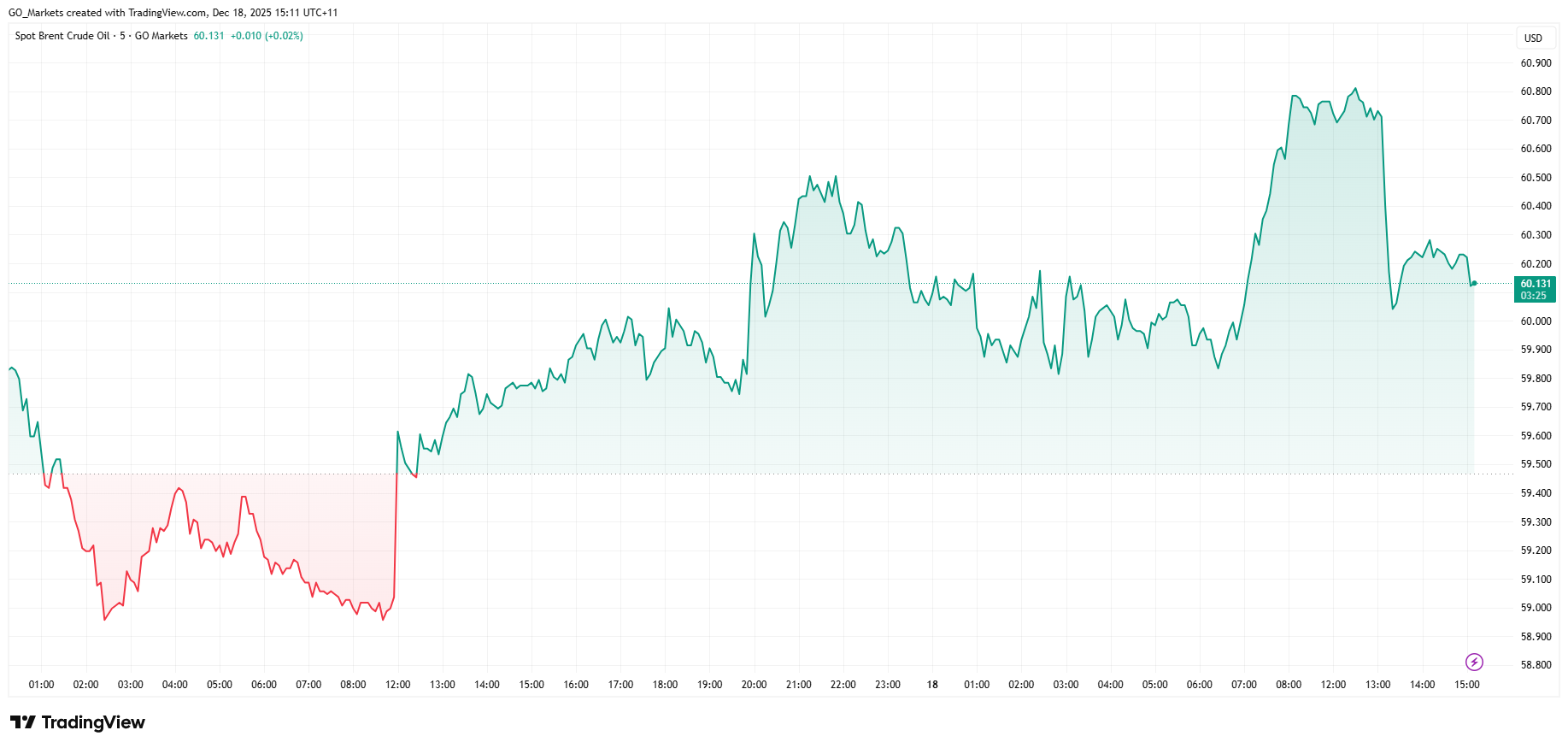
White House Chief of Staff Susie Wiles succinctly summarised the situation as: “Trump wants to keep on blowing boats up until Maduro cries uncle."
Brent crude jumped 2.4% to $60.33 per barrel, while WTI climbed 2.6% to $56.69.
If crude maintains its $60 per barrel price, analysts project the blockade, combined with potential Russian sanctions, could push prices toward $70 as Venezuela's already-devastated economy faces collapse.
Bank of Japan to Hike Rates to Highest Level in Decades
The Bank of Japan is set to raise interest rates to their highest level in three decades this Friday, with Governor Kazuo Ueda expected to lift the benchmark rate from 0.5% to 0.75%.
While modest by global standards, this marks a landmark step in Japan's departure from decades of near-zero rates and unconventional easing.
The decision comes amid significant market turbulence. Japanese government bond yields have surged, with 30-year bonds hitting record highs and 10-year yields reaching 19-year peaks.
The volatility stems partly from concerns under new Prime Minister Sanae Takaichi, who recently approved a $118 billion stimulus package with over 60% financed through borrowing.

While Friday's hike appears certain, policymakers have signalled caution as they push rates toward levels estimated between 1% and 2.5%.
Ueda's post-meeting press conference will be closely watched for signals about future increases.
Micron Forecasts Blowout Earnings on Booming AI Market
Micron Technology is projecting second-quarter earnings of $8.42 per share, nearly double Wall Street's $4.78 estimate.
Micron shares surged 7% in after-hours trading as markets reacted to the news that the AI-driven memory chip race is showing no signs of slowing.

As one of only three major suppliers of high-bandwidth memory (HBM) chips alongside SK Hynix and Samsung, Micron sits at a chokepoint in AI infrastructure.
The HBM specialised chips are essential for training and deploying generative AI models, and current demand is dramatically outpacing supply.
CEO Sanjay Mehrotra revealed that supply tightness will extend beyond 2026, with Micron expecting to fulfil only 50-70% of key customer demand in the medium term.
Micron projects revenue of $18.70 billion this quarter versus analyst estimates of $14.20 billion. The company has retooled their operations toward AI applications, even dissolving its consumer "Crucial" brand to concentrate on AI data centre demand.
HBM chips are now the bottleneck in AI system performance, and suppliers who can deliver at scale have the potential to capture large amounts of value over the coming years.

As the final trading days of December approach, investors are assessing whether seasonal factors may again influence year-end price action.
- The Santa Claus rally has delivered gains in 70 of the past 97 years, but history is no guarantee.
- Technology, retail, and consumer discretionary sectors have historically led with 1.9-2.1 per cent average gains during the Christmas period.
- Recent market rallies, AI weariness, and a hawkish Fed put doubts around the Santa Rally.
The seven-day Santa rally window runs from 24 December through 5 January 2026.
This period has historically outperformed average market conditions, driven by holiday optimism, thin trading volumes, year-end bonus spending, tax-loss completions, and institutional portfolio rebalancing.

5 assets in focus this Christmas
1. Technology stocks
Technology stocks have historically been standout performers during the Santa rally period, averaging gains of 2.1 per cent across the seven-day window, although results vary significantly year to year.
The Nasdaq Composite typically posts stronger returns than broader indices, with an 82 per cent historical win rate for December-January performance.
However, tech stocks do currently face a challenging setup. The Nasdaq gained 19 per cent year-to-date (YTD) but has come under pressure in recent months, with AI-related stocks experiencing sentiment dips.
Key drivers:
- E-commerce momentum: Black Friday 2025 spending hit a record US$11.8 billion, with sustained demand through December as last-minute purchases drive revenue for Amazon and digital payment processors.
- Holiday infrastructure: Cloud computing, semiconductors, and digital payments capture the backend of holiday spending surges, benefiting from both retail transactions and year-end enterprise spending.
- Concentration risk: Five companies (Nvidia, Microsoft, Apple, Alphabet, Amazon) account for 30 per cent of major index returns. Down periods for these companies, as seen during recent AI-sentiment-driven volatility, could bring down the sector as a whole.
2. Gold
Gold enters one of its strongest seasonal periods from mid-December through February, having posted gains every year since 2015 during this window.
The gold price is maintaining strength throughout December despite the dollar's resilience, positioning well as the Christmas jewellery season peaks.
Key drivers:
- Seasonal jewellery demand: Approximately two-thirds of annual gold production flows into jewellery fabrication. Christmas, Lunar New Year (February 2026), and the Indian wedding season create regular buying patterns as merchants stock up in December.
- Dollar weakness patterns: December has historically been the dollar's weakest month, with negative bias from 22 December onwards. Gold's inverse correlation to the dollar could provide upside momentum during this period.
- Real yields environment: With the Fed cutting rates to 3.5-3.75 per cent while inflation remains around 3 per cent, real yields stay relatively low, potentially supporting higher gold valuations.
- Central bank accumulation: Continued central bank purchases and year-end institutional portfolio rebalancing could provide additional support.
3. EUR/USD
December has historically been the most bullish month for EUR/USD, with the world's most-traded currency pair posting an average return of +1.2 per cent over the past 50 years.
The US dollar regularly shows clear weakness during the Santa rally period, particularly from 22 December onwards. However, the Fed's hawkish rate cut has provided some dollar support this year.
Key drivers:
- Holiday liquidity dynamics: Lower institutional trading volumes during the holiday period reduce dollar support as retail traders and smaller participants dominate. Thin markets can amplify moves in either direction.
- Year-end rebalancing: European and Asian investors often repatriate funds or rebalance portfolios at year-end, creating demand for non-dollar currencies that typically support EUR and AUD against USD.
- Dollar strength from hawkish Fed: The Fed's December rate cut came with guidance of fewer cuts in 2026. This has kept the dollar elevated despite lower rates, possibly limiting the ability of EUR/USD seasonal patterns to influence the market.
4. Retail stocks
Consumer discretionary and retail stocks historically outperform during the holiday period, with the sector averaging 1.9-2.1 per cent gains during the Santa rally window. Holiday shopping accounts for 30-40 per cent of annual retail revenue for many companies, making this period crucial for full-year performance.
Key drivers:
- Record holiday traffic: A record 202.9 million consumers shopped during the Thanksgiving-Cyber Monday weekend, up from 197 million in 2024. November spending surged 3.8 per cent year-over-year, with total holiday spending projected to exceed US$1 trillion for the first time.
- High-income shoppers trend: Value-oriented retailers (TJX, Five Below) and those with strong omnichannel presence are capturing a disproportionate share of value over retailers targeting low-middle income earners.
- Post-Fed tailwind: The December rate cut provides marginal relief through lower borrowing costs, potentially extending holiday spending into late December as credit becomes more accessible.
5. Bitcoin
Bitcoin's December performance has been highly inconsistent, with a median return of -3.2 per cent, contrasting with traditional Santa rally patterns. Currently, Bitcoin is trading around US$87,500, down approximately 30 per cent from its October all-time high of US$126,210.
However, there are signals that the historically volatile asset could see a Santa-led bounce this year.
Key drivers:
- Institutional infrastructure in place: More than US$120 billion is now held in spot Bitcoin ETFs, which provides a framework that could support capital flows if risk sentiment improves, although inflows are not assured.
- Pro-crypto policy expectations: Discussion around potential developments such as a US strategic Bitcoin reserve and the CLARITY Act could influence sentiment going into 2026, although outcomes remain uncertain.
- Four-year cycle inflection point: The recent sell-off came roughly 18 months after the most recent Bitcoin halving, a point linked to turning points in some past cycles, with the four-year narrative potentially influencing market behaviour.
Risks to watch
- The December Fed meeting delivered a 25 basis point cut, but the hawkish tone has set expectations for fewer rate cuts in 2026.
- The Nasdaq's 19 per cent YTD gain has pushed valuations to elevated levels as AI-stock sentiment begins to dip.
- Five companies account for 30 per cent of index returns, placing portfolio concentration at concerning levels.
- Reduced holiday liquidity amplifies both moves and risks. Thin trading volumes can create exaggerated reactions to headlines, particularly around geopolitical events or economic data.
Is Santa coming to town?
The Santa Claus rally remains one of the better-known seasonal patterns in financial markets, but a historical hit rate of around 72 per cent also implies meaningful years where it does not play out.
A more balanced way to view the Santa rally window is as one input among many.
Seasonal observations can be considered alongside technical levels, fundamental drivers, and risk management — particularly given how quickly sentiment can change in thin holiday conditions.
And, if you can, take time away from the screens and enjoy the break.

REMX approaches key resistance after a sharp rebound
- Instrument: REMX (VanEck Rare Earth and Strategic Metals ETF)
- Time horizon: Short-to-medium term
- Market read: Price action is often interpreted as neutral-to-constructive while holding above the ~$68 area, outcomes remain uncertain
- Chart reference levels: ~$75 (prior reaction/overhead supply area), ~$68 (support area), then ~$81 (next prior reaction area)
Rare earth and strategic metals equities have been among the stronger-performing thematic areas in 2025, though recent price action suggests the rally has paused as investors reassess momentum. REMX has rebounded sharply from its April lows and is now consolidating below a technically significant resistance zone near $75, making it a key level to monitor.
What is REMX?
REMX is an exchange-traded fund that provides diversified exposure to global companies involved in mining, refining, and recycling rare earth and strategic metals. For traders and investors who want sector exposure without relying on a single issuer, the ETF structure can help spread company-specific risk. Performance will still be highly sensitive to commodity cycles and policy/geopolitics.
Portfolio snapshot
The ETF’s larger positions typically include a mix of rare earth producers and lithium-related names. Examples of top holdings (approximate weights, based on the fund’s most recent publicly available holdings data)

Why rare earths and strategic metals matter
Rare earth elements (a group of 17 metals) are not necessarily scarce in the earth’s crust, but economically viable deposits—and especially processing capacity—are concentrated. This creates a supply-chain dynamic where policy decisions, trade restrictions, and downstream demand can have outsized impacts on pricing and sentiment.
Key demand linkages include:
- EVs and wind power (permanent magnets and motors)
- Electronics (speakers, screens, storage)
- Defence/aerospace (guidance, radar, specialised alloys)
- Industrial catalysts (refining and emissions control)
Technical outlook
After marking multi-year lows around $33 in early April, REMX rallied strongly and returned to levels last seen in mid-2023. The $75 area stands out as a prior multi-touch support zone (2021–2023), which increases the probability it acts as resistance on the first approach.
REMX weekly chart
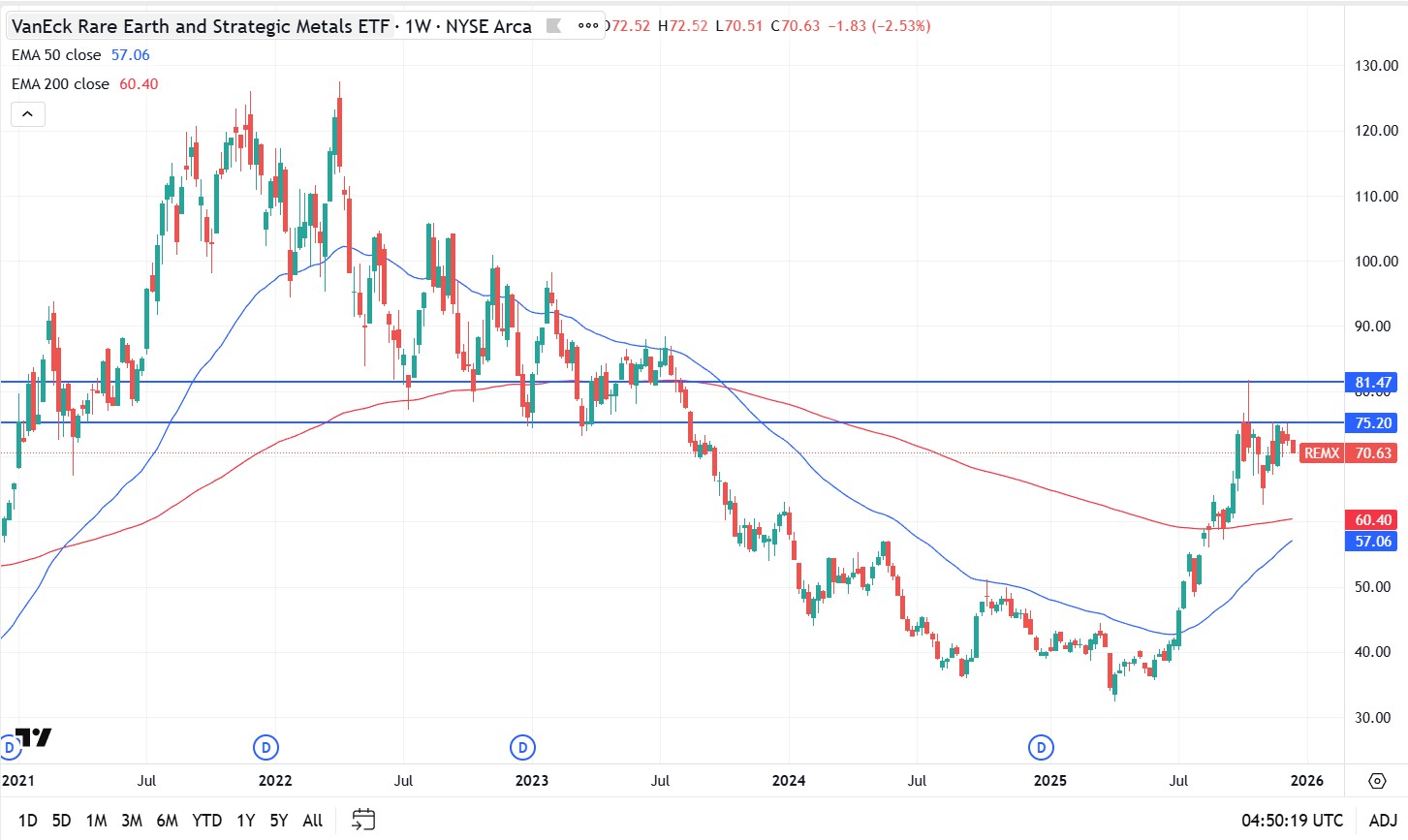
Price has repeatedly tested $75 over the past month without a confirmed breakout. The pattern of higher lows against flat resistance resembles an ascending triangle, often associated with building pressure; however, confirmation requires a decisive break.
REMX daily chart

Scenarios to watch
- Bullish continuation: A daily close above $75 (ideally with expanding participation) would shift focus to $81 as the next resistance zone.
- Range continuation / pullback: Failure to clear $75 again keeps the risk of a retracement toward $68 support.
- Bearish breakdown: A sustained move below $68 would weaken the structure and raise the probability of a deeper mean reversion (next support levels should be mapped from prior swing lows).


